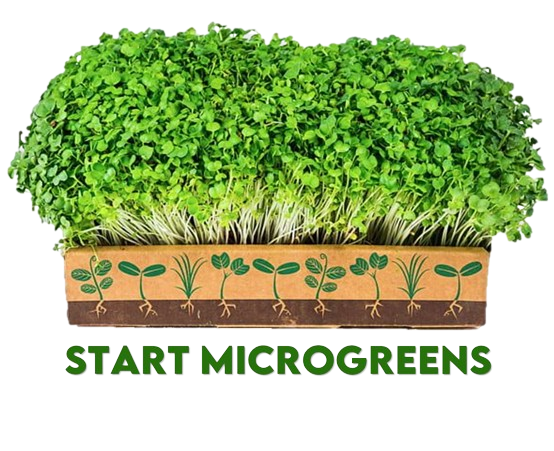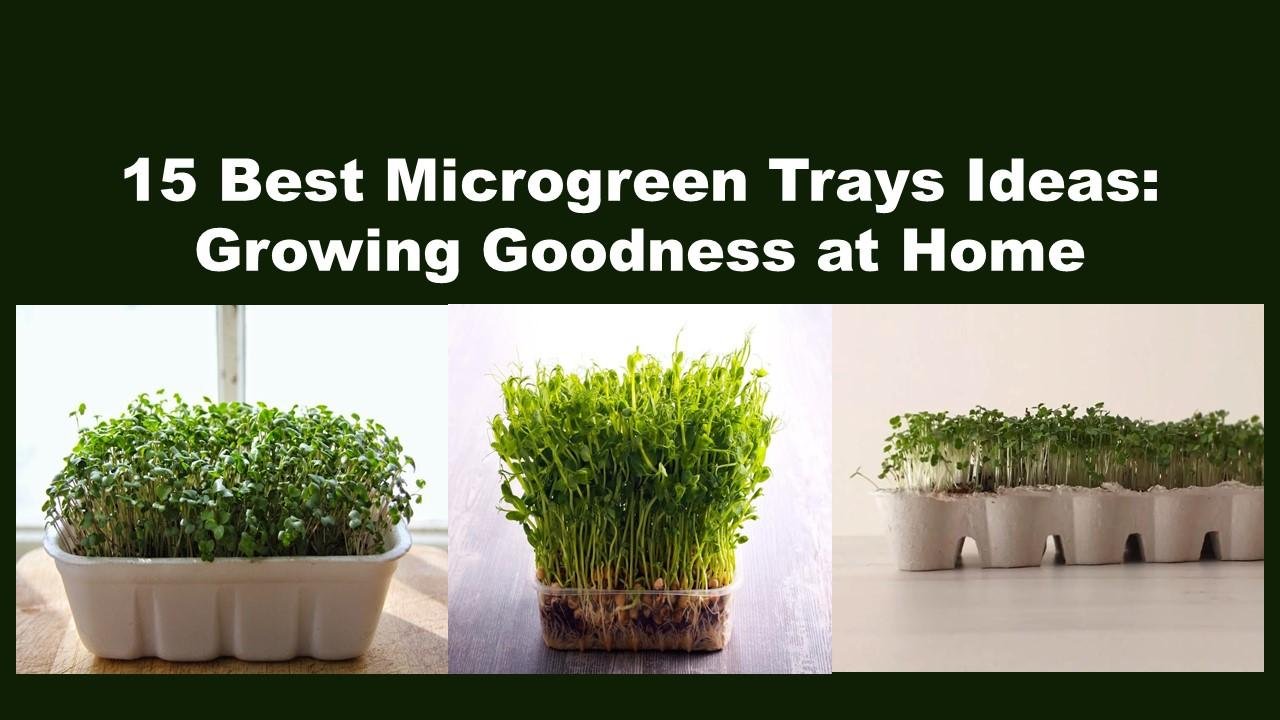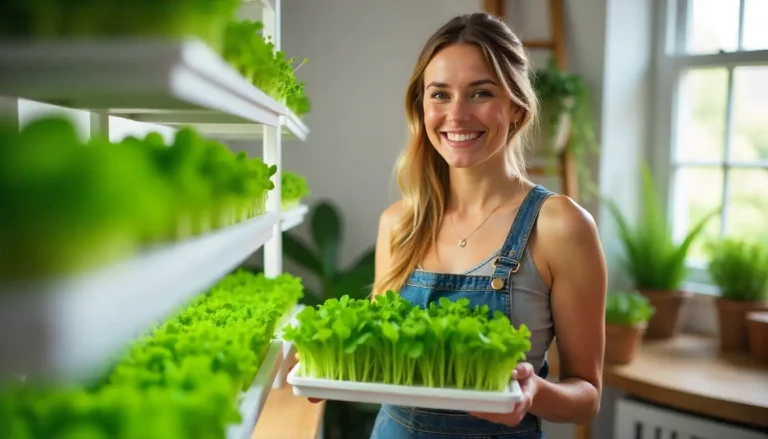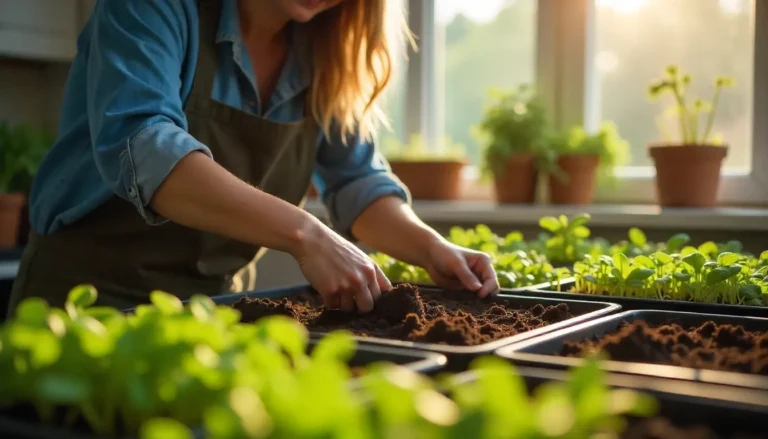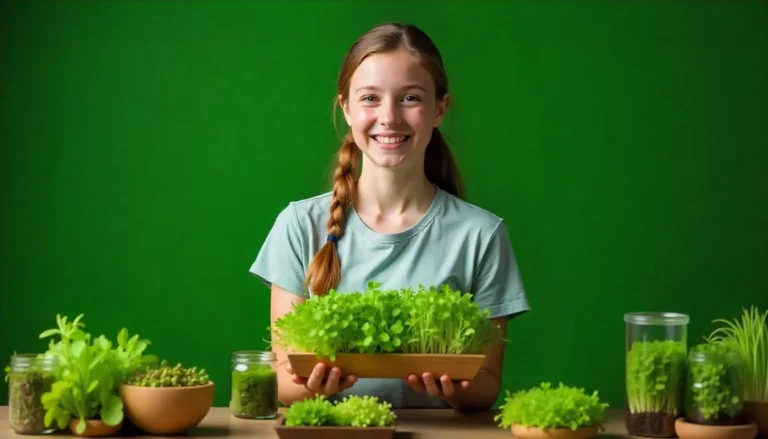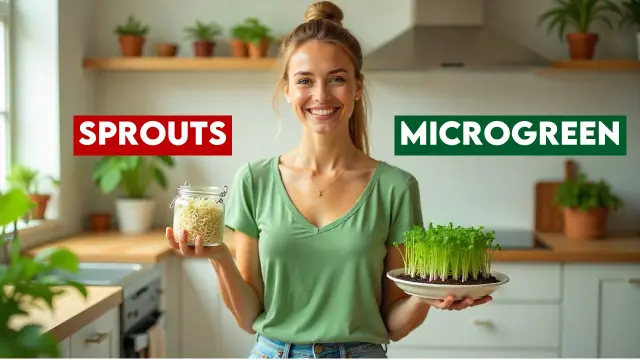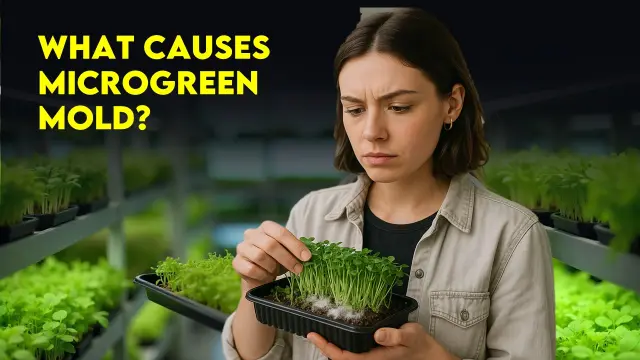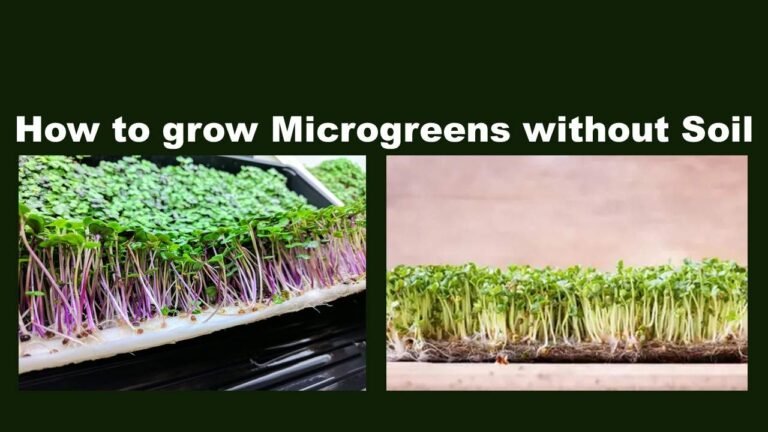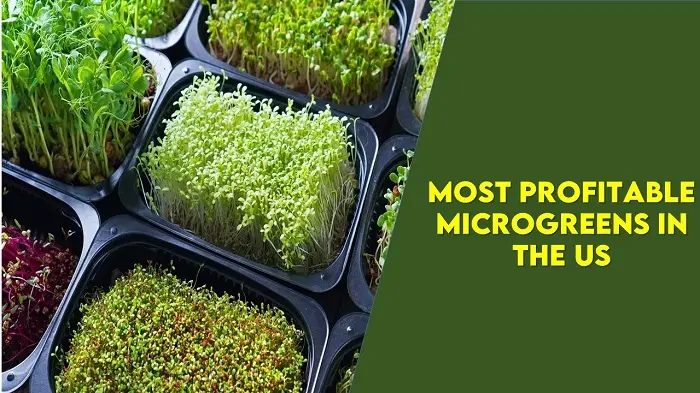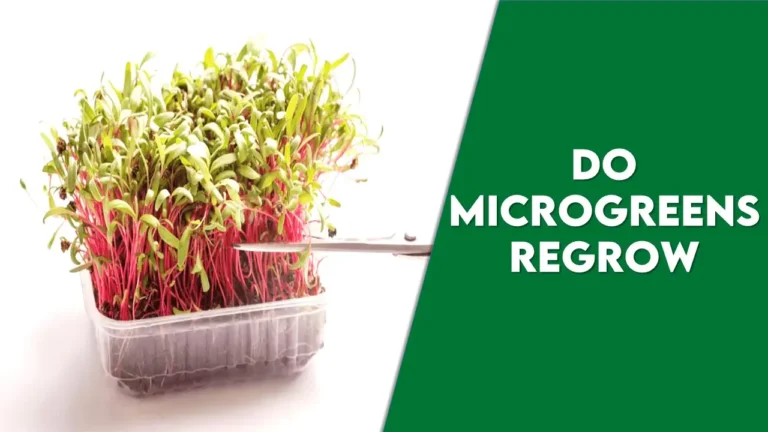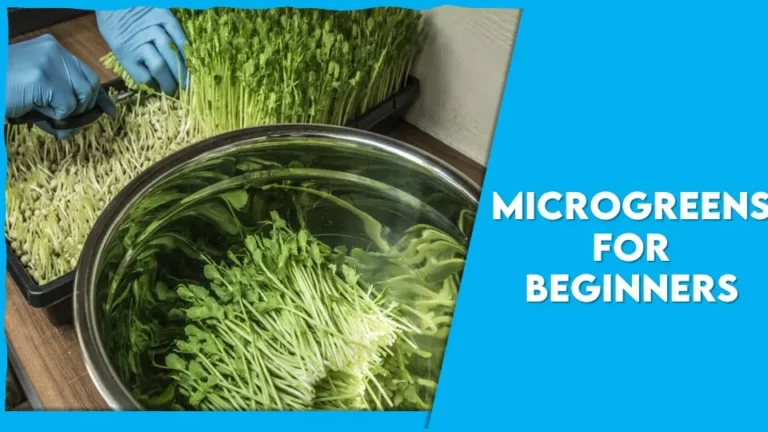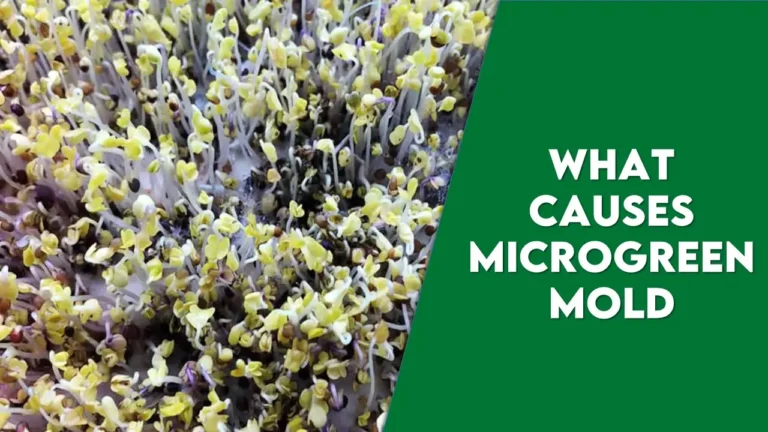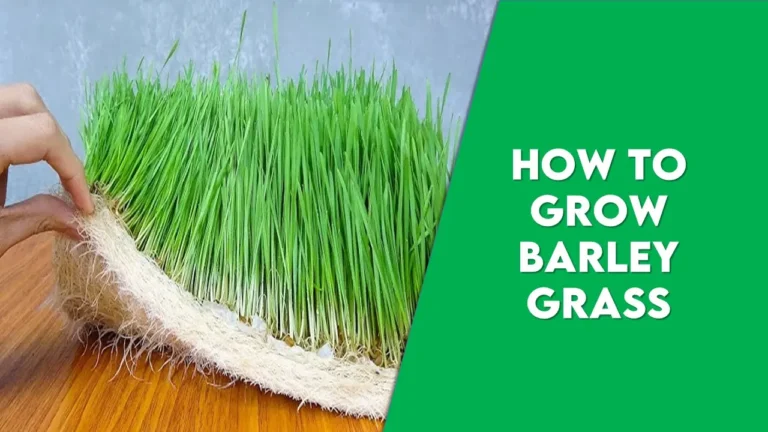Microgreens are the superfood of recent times. While the demand and popularity of greens are spiking up, using raw materials for its growth process also secures a great place from the demand side of the market. The growth media aside, the growth of these miniature marvels begins with the use of specialized containers called microgreen trays. The market is offering a spectrum of products to ease the growth process of microgreens.
The microgreen trays available in the market are designed and customized for this purpose and can be used to grow them. A little attention has to be paid to the type of material and its size when it comes to the customization done by us or the trays made from DIY’s.
What makes a Tray Perfect for the Microgreen Cultivation Process?
The size of the container
The microgreens’ roots do not go too deep as they are harvested when young. During its entire growth period, it only requires a few inches of soil media so the preferred container should be a shallow one that is not more than two inches high.
Scope of drainage
The microgreens should always be protected from water logging conditions as this may lead to fungi and mold development. For this reason, prefer a tray or container that has drainage holes that help in draining excess water. If not, you can make small holes in the existing container that function in the same way as the ones with holes.
Light in weight
The trays should preferably be light in weight. This helps you carry or maintain it easily and can be moved conveniently as and when needed. Not a mandatory thing to keep in mind but it is important when it comes to your convenience.
Toxic free
The container being used should be clean and free from any kind of stains or toxic material. Contamination by any means can affect the growth and yield. Mind hygiene when choosing one. The container should also be free from odors if you’re choosing a closed one. These odors can affect the taste and flavor of the microgreens as well.
List of Top 15 Microgreen Trays
Plastic Trays
As a part of our daily routine, plastic is not so uncommon. The plastic material has the property to be carved and crafted into anything that can be put to human use. Similarly, the purpose of growing microgreens has also been met by the plastic trays. The plastic microgreen trays are typically shallow containers that are made from BPA-free plastic material. The trays are made available in different sizes with depths ranging from one to two inches which allows proper support and control over the growth medium used for growing these tiny and slender greens.
Some of these trays are well-equipped with drainage holes that prevent water stagnation. These plastic microgreen trays are usually designed dark colored as they absorb and retain heat that aids in a good germination process. The trays are made available in different sizes with depths ranging from one to two inches which allows proper support and control over the growth medium used for growing these tiny and slender greens.
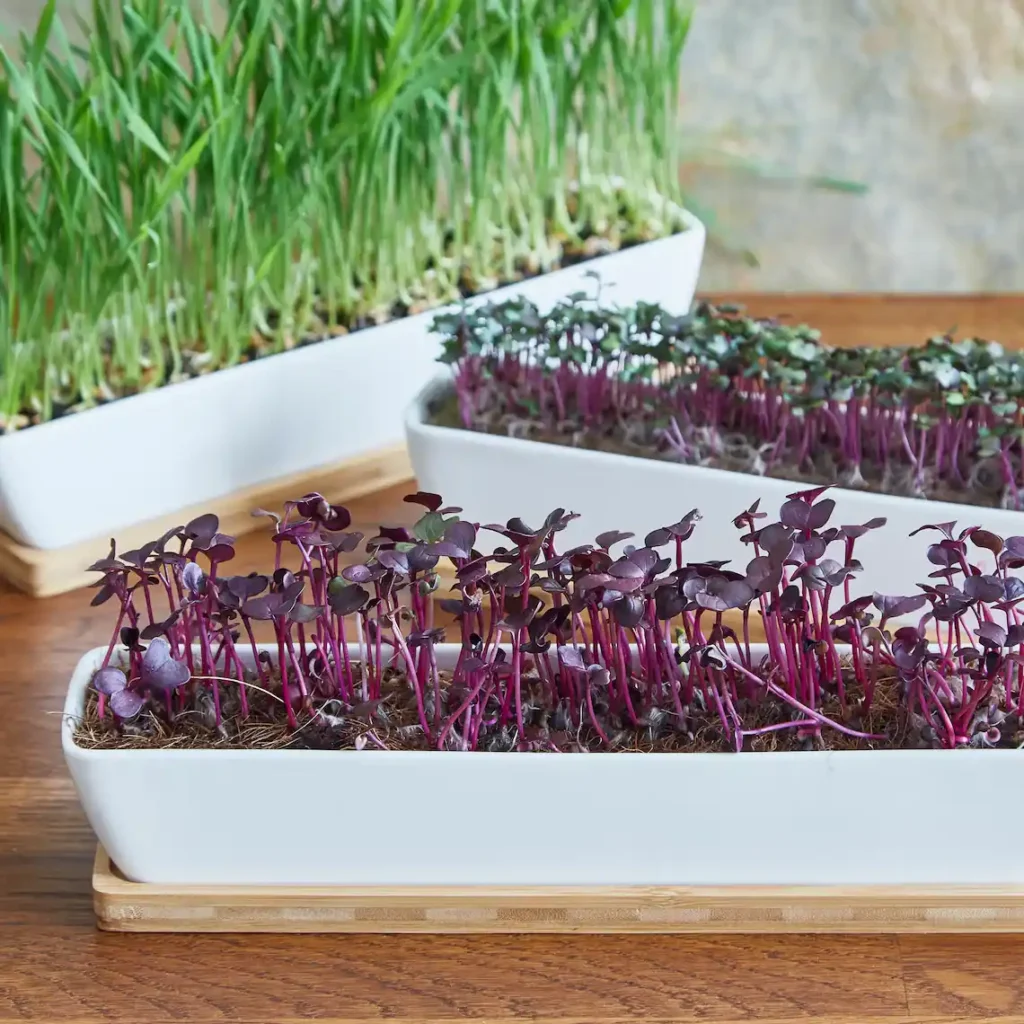
Seedling Trays or Pro-trays
The pro-trays are usually designed and used for raising seedlings in the nursery which can thereby be transplanted. The sole purpose of the seedling or pro trays is to ease the germination process which fits the exact purpose of growing microgreens and hence can be considered as the best alternative for growing microgreens. These trays have numerous compartments in a single tray that vary in configurations such as 60, 92, and 128 in a single tray.
Each cell is shallow and can be used to sow two to three seeds depending on the size of the cell. These microgreen trays are often reusable, easy to clean, and can be placed over the other to minimize space constraints. Some trays are found transparent which allows the plant parent to easily monitor its growth externally without disturbing it. These are practically sound when you want to cultivate multiple microgreens in a single go.
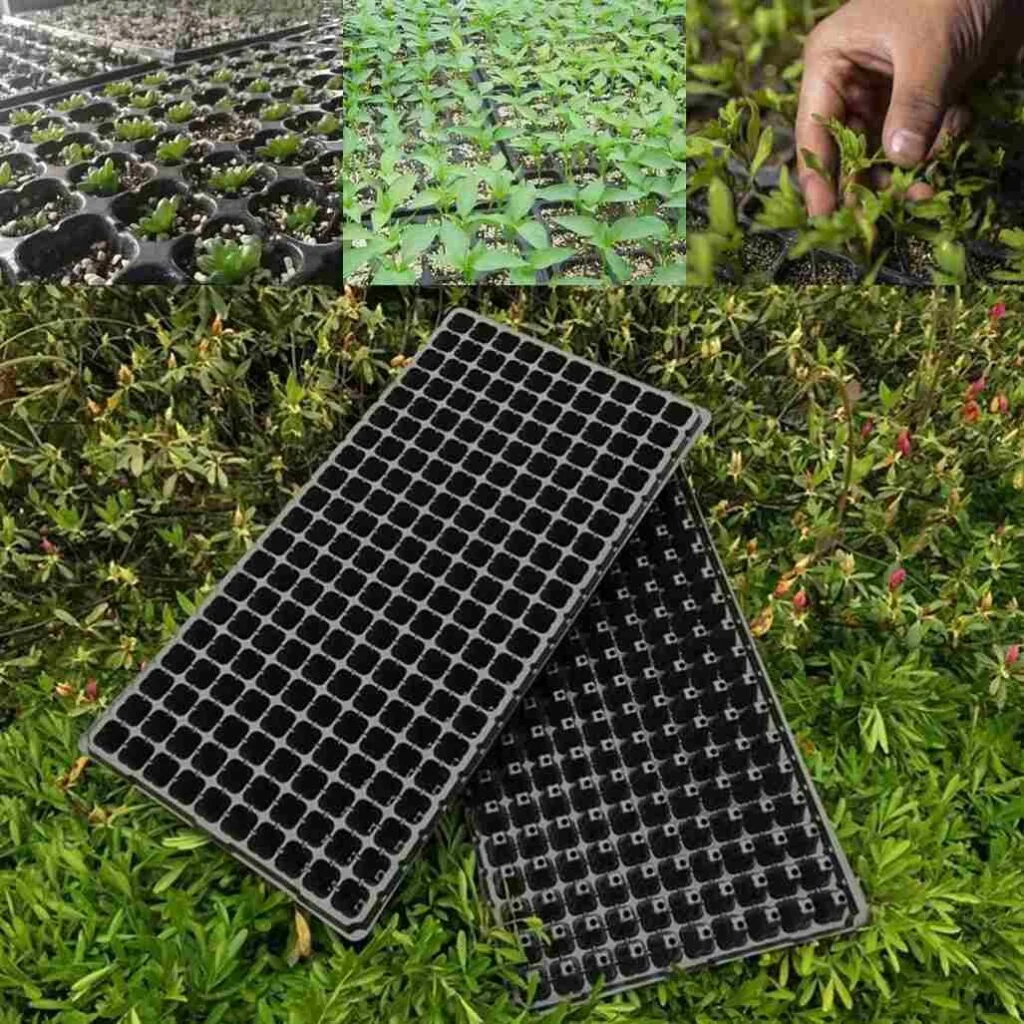
Mesh Trays
Mesh trays, as the name indicates are crafted from durable materials such as plastic or metal that feature a grid or mesh-like pattern. These mesh trays are mindfully designed to encourage good growth promoting proper aeration that prevents the spread of diseases like mold. It enables optimum and effective ventilation.
The mesh trays that can hold the seed within the tray are selected for growing microgreens which would otherwise drop from the tray. Proper attention has to be given to this specific thing when choosing one for cultivating microgreens.
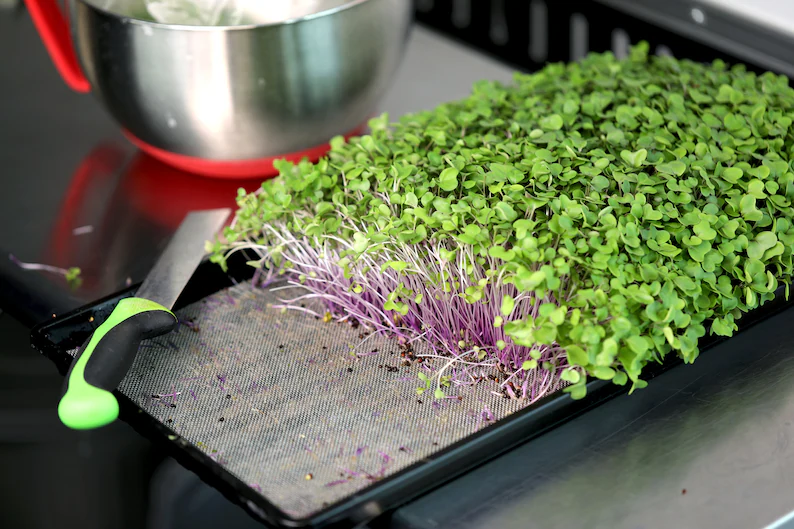
Biodegradable Trays
Biodegradable materials are in great demand these days because of the source of materials from which they are crafted. Biodegradable trays are usually made from renewable and organic materials that give an eco-friendly touch alternative to traditional plastic trays.
They are made from plant sources such as molasses, coconut fiber, jute fabric, and others. The unique feature of biodegradable materials is that they naturally decompose on their own. They offer a sustainable solution to modern times which favors an environmentally friendly strategy in the overall growth process of microgreens. These trays provide an ideal space and environment for the microgreens to germinate.
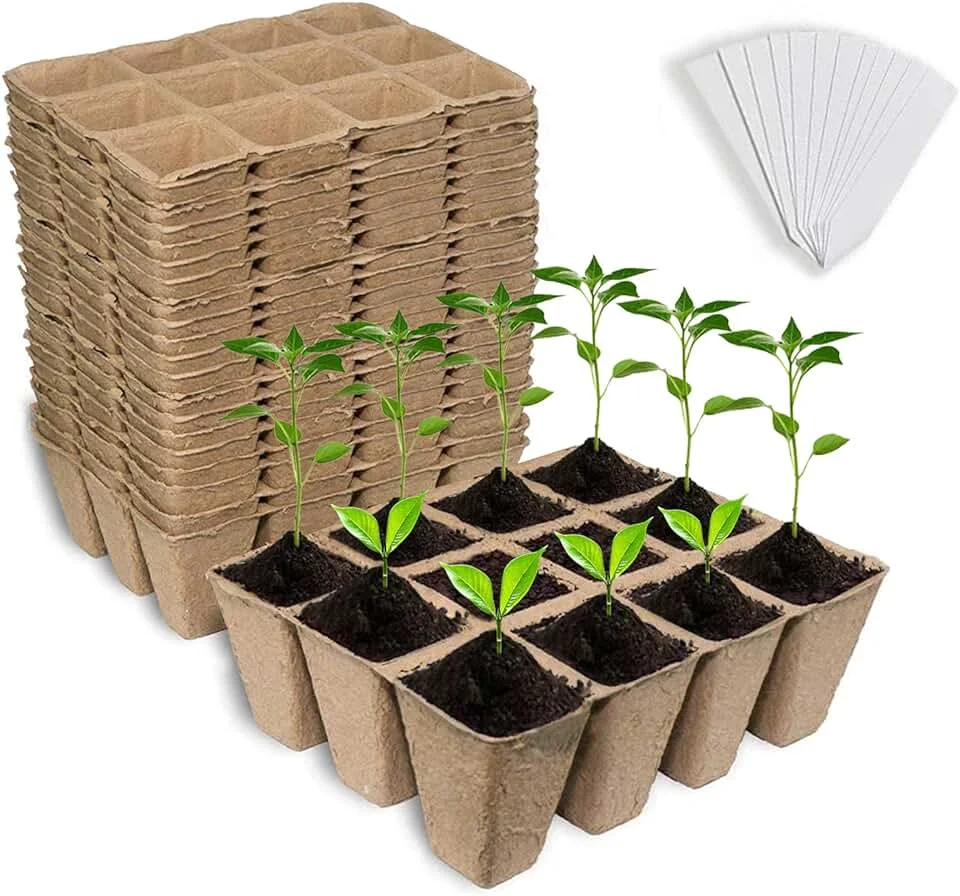
Hydroponic Trays
Hydroponic trays feature a shallow design that is suitable for the growth of microgreens in a contamination-free zone. This is particularly preferred for the cultivation of short-duration greens such as microgreens. The shallow channels of the hydroponic setup facilitate easy flow of nutrient-rich media which is nothing but water and this ensures the even distribution of nutrients that support the optimal growth of the plants.
These trays are equipped with a good drainage system that helps in proper and good root development. This system can be used for cultivating microgreens where the plants receive nutrients directly from the enriched media that also offers a controlled and efficient growth environment
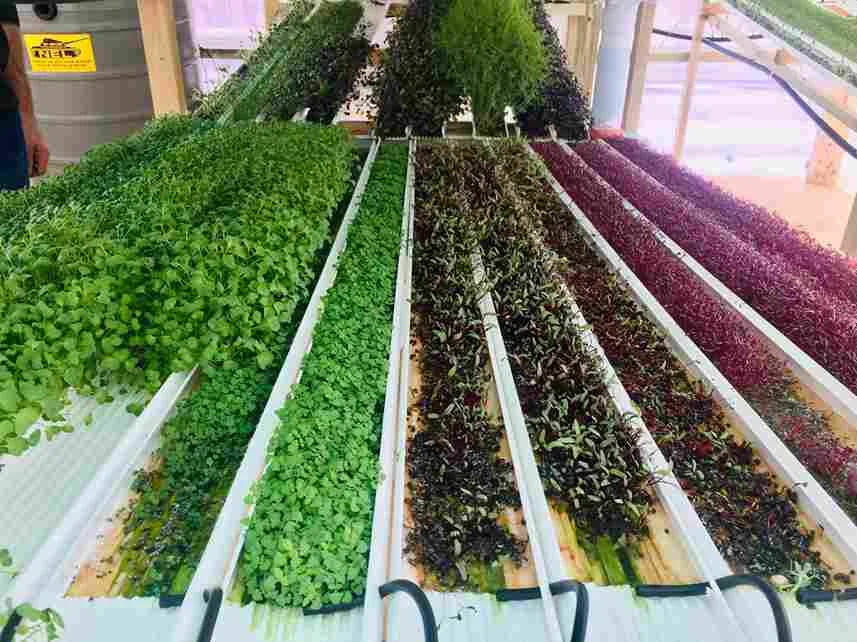
Growmats
Grow mats are designed from naturally occurring fabric like coconut and jute. The thickness of the grow mats when used to grow greens ranges from 0.2 to 0.5 inches. They are biodegradable and offer an environmentally friendly solution to the traditional plastic trays available.
These trays can also be added to the composting. They provide a consistently moist environment which is ideal for germination and growth of microgreens. It is easy to handle and provides a uniform growth surface hence is considered a good choice for microgreen trays.
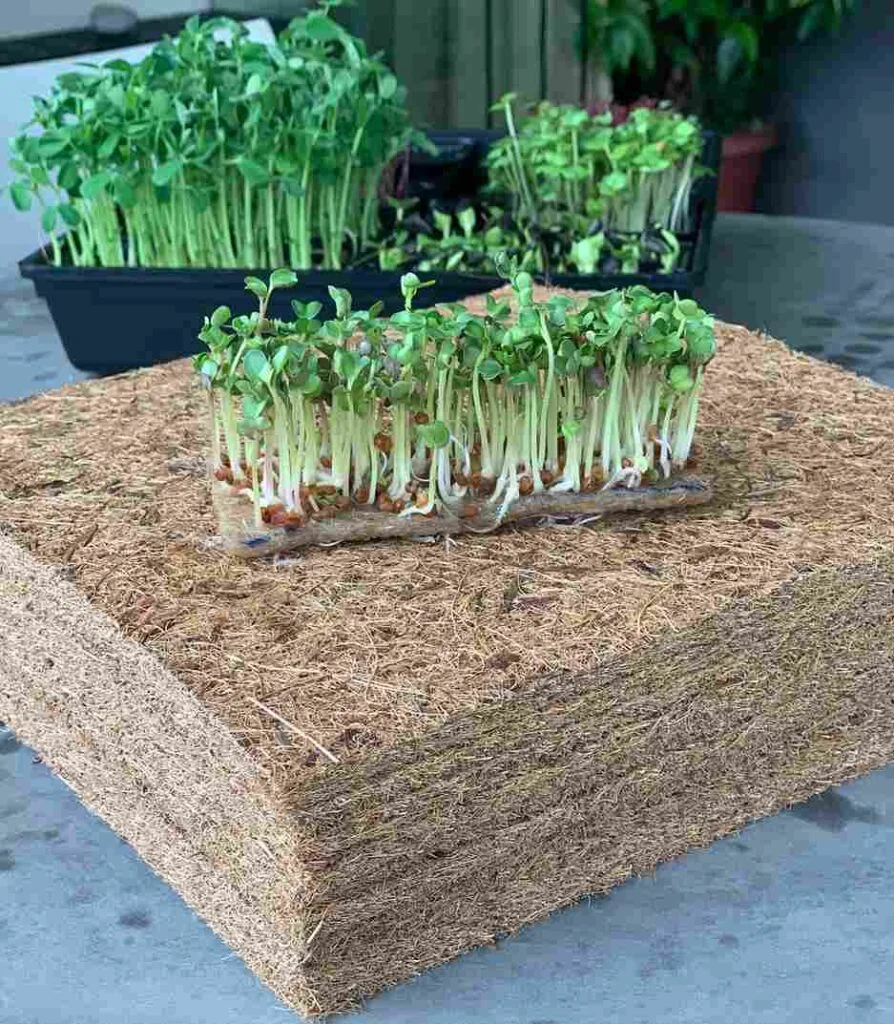
Seed Sprouted Tray
Seed sprouted trays as the name indicates are specialized trays designed to ease the germination process of the seeds, especially for those who are interested in cultivating microgreens. These trays provide an ideal space and environment for the microgreens to germinate. The trays are available in various shapes and sizes along with a drainage mechanism that prevents water logging. Many trays have adjustable lids that control airflow and aid in ventilation.
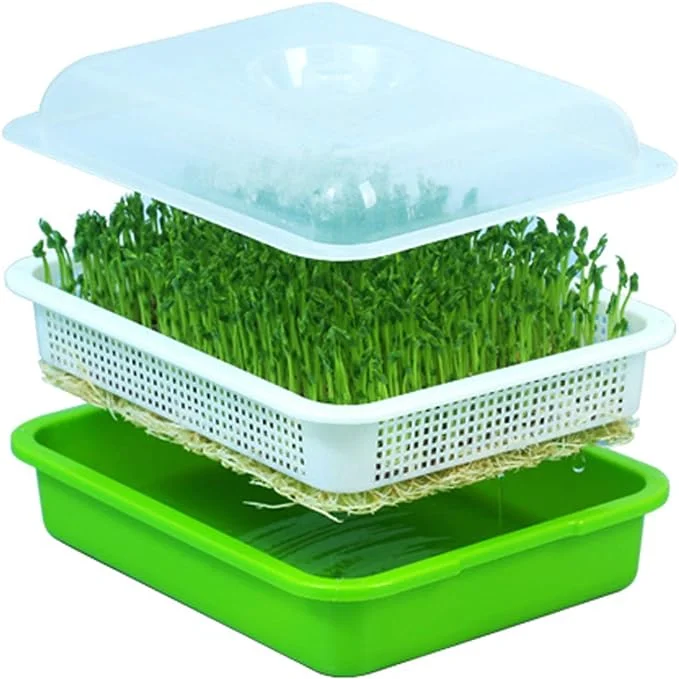
Humidity Dome Trays
As the name indicates, these trays are designed with the sole purpose of creating a humid environment for the seed to germinate which is an important consideration during the cultivation of microgreens. These types of microgreen trays contain a transparent dome-shaped structure over the tray that serves several purposes in the entire growth process.
The domes over the top are adjustable to regulate the airflow. This prevents the condition of excess humidity which would otherwise lead to the spread of fungal diseases. If you don’t find the tray with the dome attached to it, the dome has to be bought separately which fits the tray.

Eco-compostable Trays
Eco-compostable trays are similar to biodegradable trays. The meticulous feature of these trays is attributed to the materials used to craft the trays. The materials that can be easily added to the composting process are chosen for designing such trays. When opting for such trays, look for certification by BPI (Biodegradable Products Institute) to make sure the standards are met. Choosing such trays is a renewable approach.
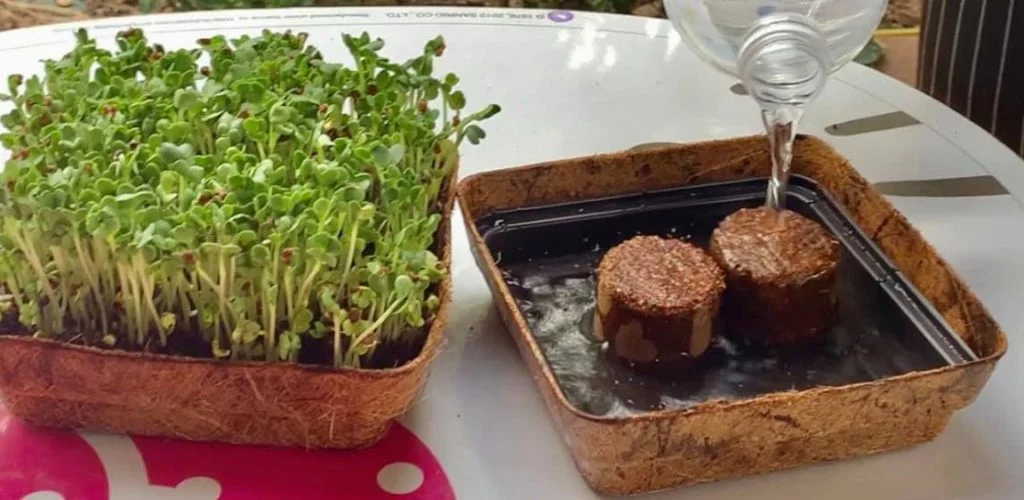
DIY Trays
It is easy and simple to grow your microgreens and bring freshness to your daily life. There are many methods and materials available in the market but still crafting your trays will offer a creative and sustainable approach that allows you to cultivate freshness right at your home.
These days DIY microgreen trays have emerged as an innovative solution that brings comfort to your place. Many materials like carton boxes, egg shells, coconut shells, tetra packs, newspapers, cupcake trays, and disposable boxes can be put into use for cultivating microgreens. These are cost-effective and easy to craft within no or less time.

Paper Towel Trays
Paper towel trays are not exactly true trays but can function similarly to other trays when it comes to cultivating greens. A set of paper towels is taken and folded accordingly to align the dimensions of the tray and to aid the growing process.
The seeds are broadcasted over the paper towel set and sprinkled with water that initiates the germination process of microgreens. It is economical and can be customized as per our needs.
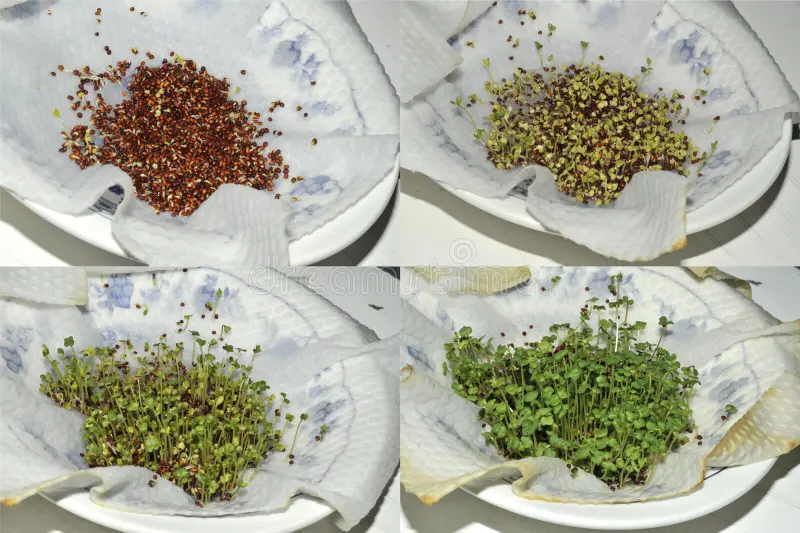
Self-watering Trays
Self-watering trays are designed to provide an efficient and consistent water supply to microgreens without putting in the effort to water them daily. These trays allow adjustable water flow to meet specific water requirements through a wick present at the bottom that draws water through capillary action.A capillary mat can also be placed to serve this purpose. Such trays are made from waterproofing materials and adequate ventilation needs to be provided to ensure healthy growth of microgreens.
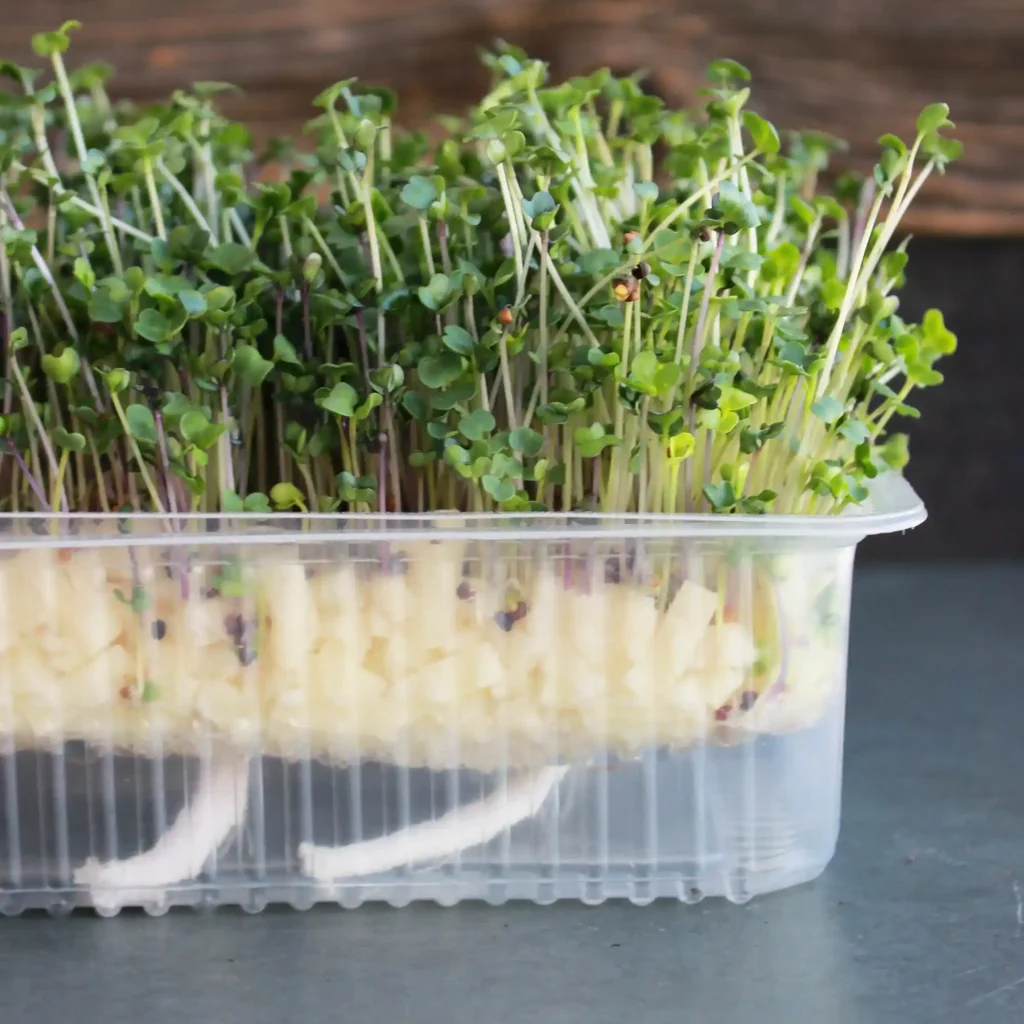
Multistack Microgreen Trays Kit
These trays contain multiple trays of uniform dimensions that are vertically stacked one above the other. It is made from light weight airy material and can go well if space is the limitation. Each tray would have its drainage system to provide optimal growth conditions. These trays can be a good choice if you want to grow multiple types of microgreens in a single cycle. Some trays are equipped with other accessories like labels and instructions which enhances the entire growth process.
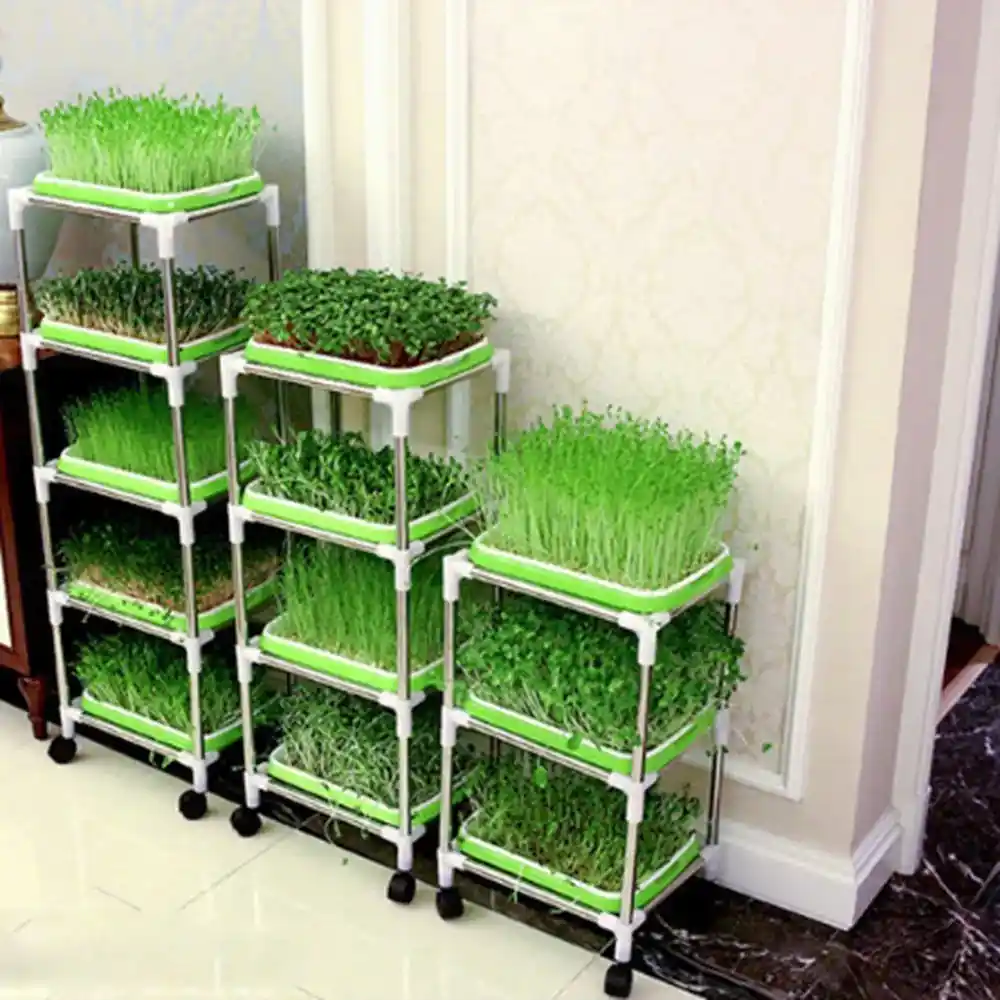
Wooden Trays
Wooden microgreen trays are naturally occurring and aesthetically pleasing and are designed to cultivate microgreens. These trays are made from materials that give a perfect rational antique look.These trays are specially treated to protect them from water damage which would otherwise result in destruction and damage of entire wood. Wooden trays can be used for placing any kind of media considering its versatility.
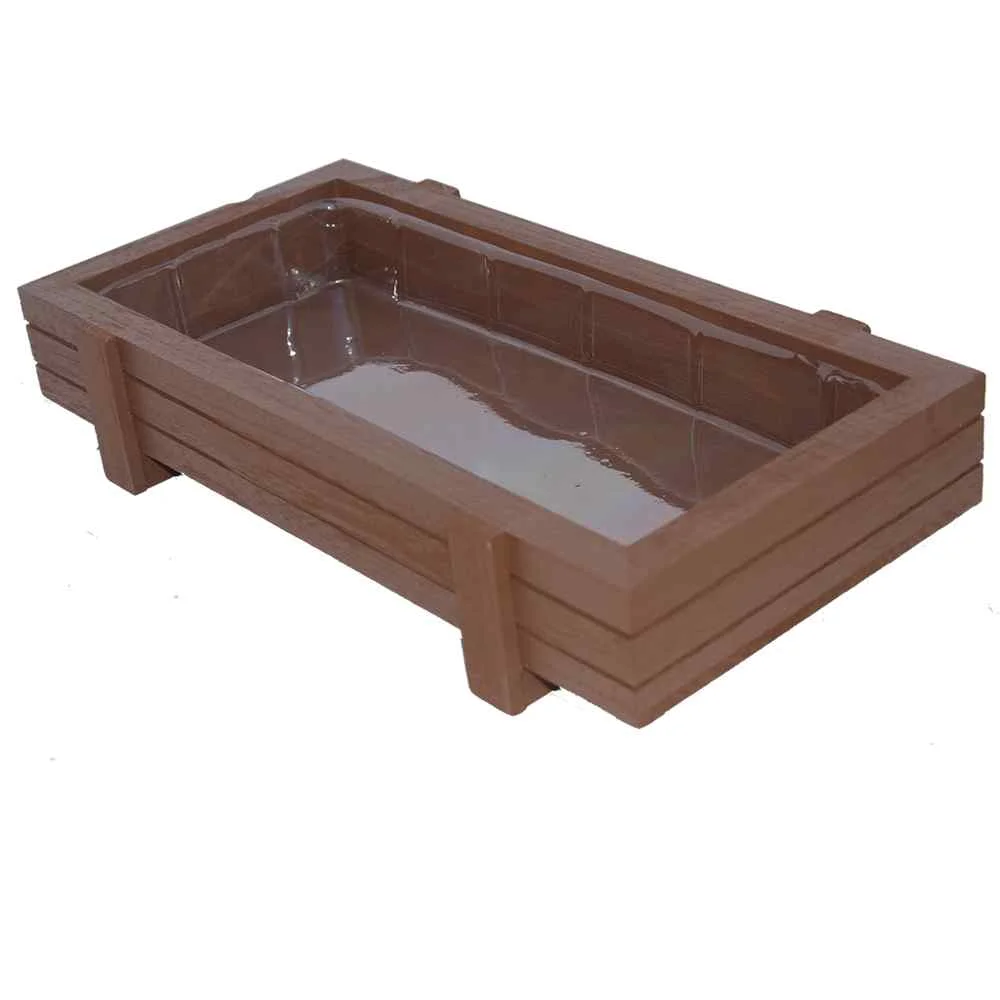
Stainless Steel Trays
Such trays are made from corrosion-resistant stainless steel material with drainage holes. Unlike other trays, stainless steel trays can be used now and then. The heavy weight of the material limits their use but is stable enough. It goes well indoors and outdoors.
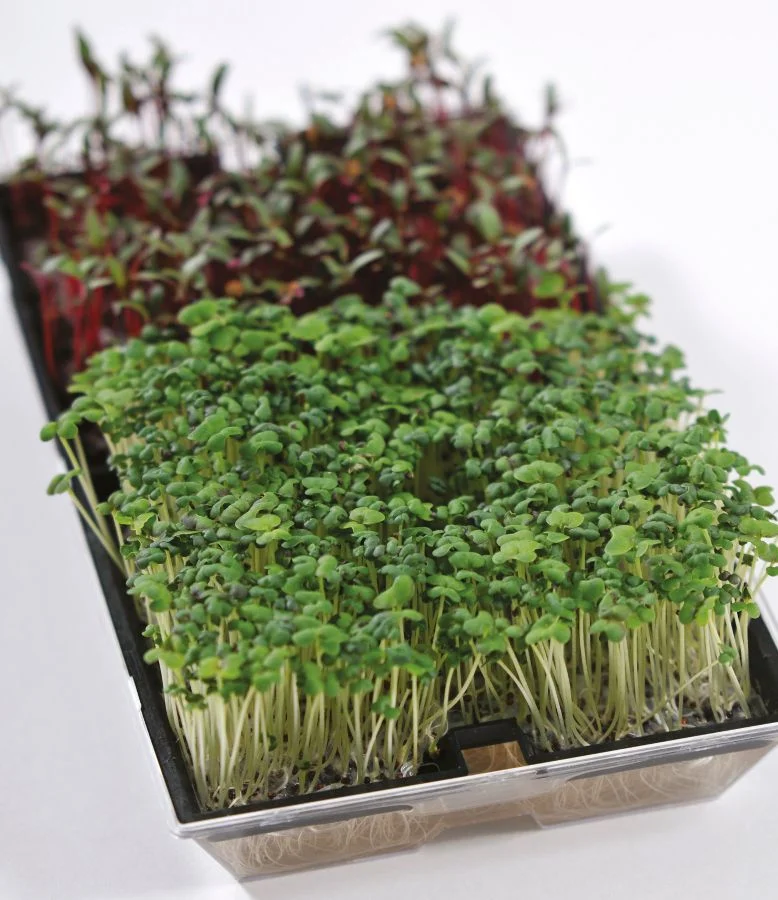
Conclusion
To have good growth progress and durability, the selection of trays plays a key role. For those prioritizing an environmentally friendly approach, biodegradable trays can be used. For those prioritizing durability, stainless steel trays can be used. A wooden tray can be chosen when aesthetic appeal is the priority. A DIY tray can be cost-effective and can be crafted whenever wanted. Whether you are an experienced plant parent or a beginner, selecting the right container or tray is essential for the success of the growth process.
